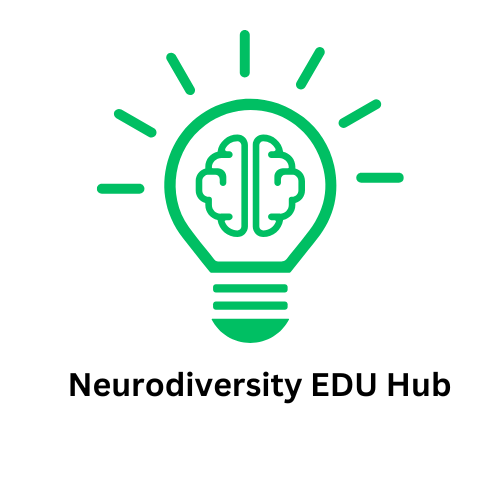
Understanding ADHD Stimulant Dosing: The Basics
For those grappling with Attention Deficit Hyperactivity Disorder (ADHD), stimulant medications like Adderall and Ritalin often come as a beacon of hope. However, the journey to finding the right dose can feel overwhelming, especially when navigating the nuances of treatment. Stimulants typically form the foundation of ADHD management, yet health professionals often lack comprehensive training to precisely tailor these medications to individual needs.
Why Finding the Right Dose Matters
The quest for the optimal stimulant dose is not merely a medical formality; it can profoundly impact quality of life. According to research, about 30% of individuals may find that their initial stimulant prescription either does not work or leads to intolerable side effects. The process of trial and error can be lengthy and frustrating, with the average response time often limited by insurance frameworks. Each individual deserves a personalized approach, where feedback plays a pivotal role in adjusting medications effectively.
The Role of Two Main Stimulants
In the ADHD treatment landscape, two principal forms of stimulant medication exist: methylphenidate and amphetamine. While both molecules can yield similar therapeutic benefits, determining which one works best for a unique patient is not straightforward. During the titration process, patients may need to try both types of medication to discover what resonates with their personal chemistry. This approach can lead to an 85% response rate, yet the remaining 15% may continue to struggle without a proper fit.
Guidelines for Medication Adjustment
When adjusting ADHD medications, three essential rules should guide both patients and healthcare providers:
- You should not feel medicated. The right dose will enhance your functioning without altering your core personality. Ideally, you should feel like the best version of yourself.
- Your feedback is crucial. Patients should communicate openly with their clinicians if the medication doesn’t feel right or leads to unwanted side effects.
- Adjust as needed. Only about half of patients achieve optimal symptom management within the FDA-approved dosage ranges. Many require higher doses to find relief.
Cultivating a Collaborative Relationship with Your Provider
It's essential to foster an open dialogue with your healthcare provider throughout the process. Many patients report needing doses significantly higher than FDA-approved levels to optimize their treatment. This highlights the necessity of tailored treatments and close communication, ensuring that adjustments occur swiftly and effectively.
Challenges in ADHD Medication Titration
Despite the structured approach to stimulant dosing, various challenges can impede the process. The inherent diversity in how individuals metabolize medications means that what works for one person may falter for another. Factors including genetics, age, and even lifestyle choices may all play a role, making personalization in treatment vital.
Looking Ahead: Navigating Future ADHD Treatments
As research and clinical practices continue to evolve, the hope for more precise ADHD medication management grows. Improved methodologies for titration could revolutionize how patients experience stimulant treatments. The challenge remains to ensure every patient finds their sweet spot quickly and effectively, allowing them to thrive.
Making informed decisions about ADHD treatment is paramount to achieving a fulfilling life. Patients should not hesitate to approach their healthcare providers with questions and concerns, keeping the lines of communication open. This is essential to ensure that the thyroid medicine works harmoniously with the individual’s unique profile.
In conclusion, whether you are a patient newly embarking on your ADHD journey or someone seeking to revisit your treatment strategy, understanding the intricacies of stimulant dosing can empower you. By advocating for yourself and utilizing resources available to you, you can optimize your medication experience and significantly enhance your overall well-being.
To delve deeper and connect with others navigating the same path, explore supportive communities and consult your healthcare provider for more personalized advice. Your journey toward optimal ADHD management begins with you.
 Add Row
Add Row  Add
Add 




Write A Comment